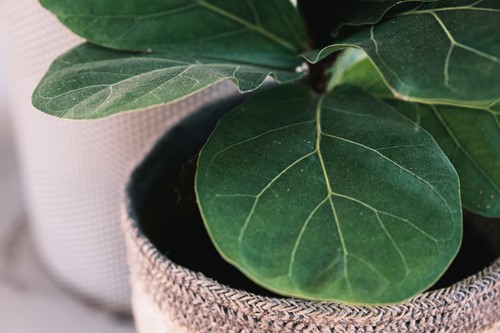Email: [email protected]

Unfortunately, many popular houseplants are toxic to pets. Many of the small tree varieties commonly grown as houseplants, like the umbrella plant, can make both humans and animals sick if ingested. Here is a basic guide to popular indoor trees pet owners should avoid:
Umbrella plants are named for their whorl-pattern leaves creating a dense canopy of vibrant foliage. These trees are popular for being fast-growers and growing as tall as six feet high indoors. They require evenly moist soil and bright indirect light to thrive, making them easy-care options for a variety of home environments. Unfortunately, umbrella plants are very toxic both to humans and animals.
The fiddle leaf fig is a variety of Ficus extremely popular for their large, paddle-shaped leaves. These trees can grow so large indoors that many plant owners struggle with running out of vertical space. Fiddle leaf figs need medium to bright light and even moisture, and are somewhat notorious for being picky about changes in their environment. While the large leaves might not be as tempting to pets as some other indoor trees, they are toxic and should be avoided in homes with animals.
Rubber trees are another plant in the Ficus family. This plant produces thick, oval-shaped leaves with a glossy finish. They get their name from the white, sticky sap they produce when cut or wounded. The sap is particularly problematic for pet owners, since even just a prick of a leaf could cause it to weep the toxic substance. Rubber trees can grow very large but are easily contained to smaller sizes with regular pruning. Growing a smaller version of this plant on a high shelf is a great alternative to having it where curious pets might try to take a bite.

Welcome to Berkshire Hathaway HomeServices
"Top 2% of BHHS Network”
"BHHS Chairman’s Circle Platinum Award
"BHHS Chairman's Circle Gold Award
"Multi-Million Dollar Producer
"Presidents Award
"Top Producer
"Top Listing Agent
"Boston Top 20"
"Rhode Island Monthly Five Star Professional"
"#1 In Units Sold"